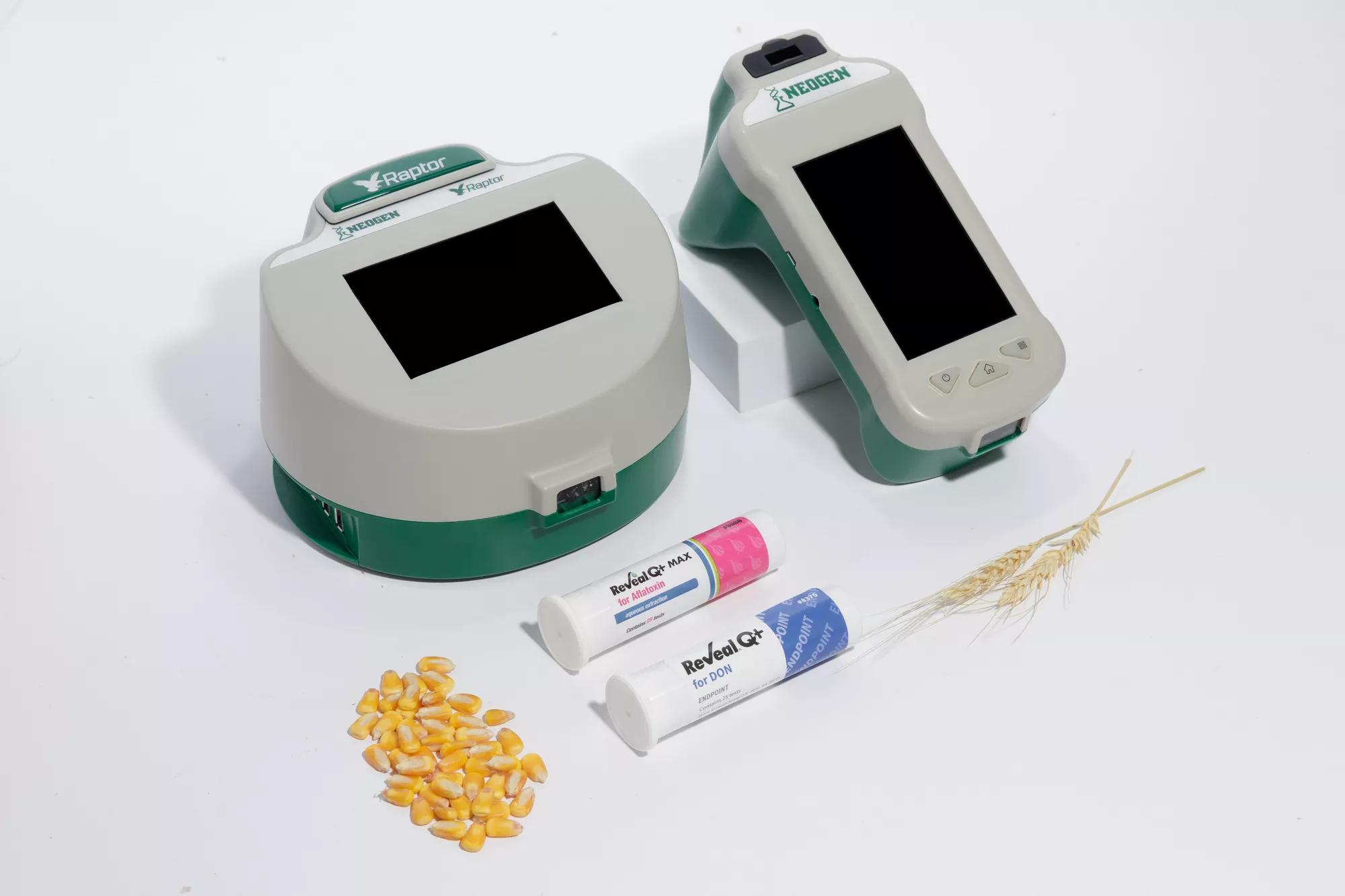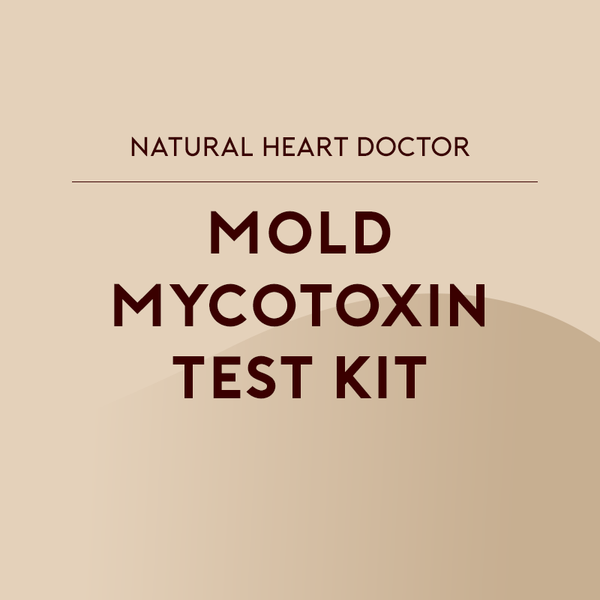Picking the Right Mycotoxin testing Services for Your Company
Picking the Right Mycotoxin testing Services for Your Company
Blog Article
Ensuring Conformity With Laws: the Duty of Mycotoxin Examining in High Quality Control
Ensuring conformity with stringent laws is paramount for keeping food safety and security, and the role of mycotoxin testing in top quality control can not be overstated. Mycotoxins, toxic compounds generated by specific molds, present significant health and wellness threats, making their detection essential in food manufacturing. Adherence to governing criteria, such as those established by the FDA and EU, needs robust screening approaches and technologies to recognize and evaluate these pollutants. By carrying out complete testing protocols, companies can protect against possible health situations, avoid expensive recalls, and keep customer trust fund. Nonetheless, the complexities of these screening procedures elevate important questions concerning their performance and effectiveness.
Recognizing Mycotoxins
Comprehending mycotoxins is basic to ensuring the quality and safety and security of farming items. The most infamous mycotoxins include aflatoxins, trichothecenes, ochratoxins, and fumonisins, each connected with certain fungal species and ecological conditions.
The existence of mycotoxins in food products can bring about persistent and severe health and wellness issues, consisting of liver damage, immune reductions, and carcinogenic impacts. Consequently, their discovery and quantification are vital elements of quality assurance in farming and food markets. The complexity of mycotoxin contamination demands a multifaceted technique, using advanced logical methods such as fluid chromatography, mass spectrometry, and enzyme-linked immunosorbent assays (ELISA) By recognizing the sources, kinds, and results of mycotoxins, stakeholders in the farming field can better carry out preventative steps and reduce risks, ensuring more secure intake for end-users. This understanding forms the bedrock whereupon effective mycotoxin monitoring practices are constructed.
Regulatory Criteria for Mycotoxins
Having established a foundational understanding of mycotoxins and their influence on food safety, it is important to assess the regulative criteria regulating their presence in farming products. Regulative standards for mycotoxins are crucial since they define permitted limitations, making certain food safety and securing public health. Numerous worldwide and nationwide companies have established these limitations based upon extensive threat evaluations.
The Codex Alimentarius Commission, a global body established by the FAO and WHO, offers guidelines and optimum allowed levels for different mycotoxins in food and feed. For instance, the Codex has established limits for aflatoxins in peanuts, maize, and dried out figs, to name a few assets. These standards are typically embraced or adapted by specific countries to fit their certain demands.
In the European Union, Policy (EC) No 1881/2006 specifies optimum degrees for a number of mycotoxins, such as aflatoxins, ochratoxin A, and deoxynivalenol, in numerous foodstuff. Similarly, the U.S. Fda (FDA) has actually developed activity levels for mycotoxins like aflatoxins in assets such as grains and nuts.
Adherence to these governing requirements is vital for preserving market accessibility, customer trust, and public health and wellness. Non-compliance can cause considerable economic losses and wellness threats, underscoring the value of strict mycotoxin screening procedures.
Checking Techniques and Technologies

ELISA is extensively valued for its fast and cost-effective screening capacities, making it perfect for high-throughput settings. It relies on antibodies to find certain use this link mycotoxins, giving lead to a relatively brief time frame. Its sensitivity may be restricted contrasted to a lot more innovative strategies.
HPLC, on the various other hand, masters giving quantitative analysis with high accuracy and precision. It divides complicated blends into specific elements, making it very effective for determining and measuring several mycotoxins all at once - Mycotoxin testing Services. This strategy, while a lot more taxing and resource-intensive than ELISA, uses a higher degree of integrity

LC-MS represents the pinnacle of analytical uniqueness and level of sensitivity. Incorporating the separation power of fluid chromatography with the detection capacities of mass spectrometry, LC-MS can identify even trace levels of mycotoxins. This technique is essential for validating the visibility of mycotoxins in forensic and governing contexts, making sure compliance with rigorous security criteria.
Executing Evaluating Methods

Integrating these innovative screening methods into an extensive quality control structure requires a well-structured method to carrying out screening methods. To accomplish this, organizations must initially carry out an extensive threat evaluation to identify potential mycotoxin contamination points within the supply chain. This analysis notifies the advancement of a customized testing method that attends to particular vulnerabilities.
Following, developing standardized sampling procedures is vital. Constant sampling guarantees that test results are reputable and agent of the whole set (Mycotoxin testing Services). Sticking to guidelines from governing bodies, such as the FDA or EFSA, assists keep conformity and boosts the trustworthiness of the screening process
Educating employees is one more essential component. Personnel must be proficient in both sample collection and the operation of screening tools. Normal training sessions and qualification programs Visit Website can ensure that employee stay updated with the most recent strategies and regulative adjustments.
Advantages of Mycotoxin Checking
Mycotoxin testing offers various benefits that considerably boost the safety and security and top quality of food and feed items. Mostly, it functions as a critical control measure to avoid polluted items from getting to the consumer market, consequently protecting public health and wellness. By identifying and measuring mycotoxins such as fumonisins, aflatoxins, and ochratoxins, manufacturers can make certain that their products meet rigid governing standards, therefore preventing possible lawful effects and linked costs.
Furthermore, mycotoxin testing adds to the financial feasibility of food and feed sectors by reducing the risk of massive product remembers. The capability to separate and find contaminated batches early in the production process minimizes waste and avoids the financial losses connected with damaged brand name track record. Furthermore, it fosters customer depend on and commitment, as clients are progressively mindful of food security concerns and demand better standards.
The execution of regular mycotoxin screening likewise advertises ideal methods within farming and production sectors. By adhering to strenuous testing procedures, firms can optimize their quality assurance processes, improve functional performance, and make certain the constant manufacturing of risk-free, top notch items. In conclusion, the benefits of mycotoxin testing are complex, adding to public wellness, financial security, and industry integrity.
Verdict
Mycotoxin screening is vital in guaranteeing conformity with governing standards, thus maintaining food safety and security and top quality control. Therefore, mycotoxin screening continues to be an essential part of contemporary food safety and security monitoring systems.
Guaranteeing compliance with strict regulations is critical for maintaining food safety and security, and the role of mycotoxin screening in top quality control can not be overstated.In the world of mycotoxin testing, advanced approaches and modern technologies are pivotal in ensuring food safety and security and governing conformity.Mycotoxin testing supplies numerous benefits that significantly boost the security and high quality of food and feed items.Mycotoxin screening is critical in guaranteeing compliance with regulative standards, therefore keeping food safety and security and quality control. Thus, mycotoxin screening continues to be a vital part of contemporary food security management systems.
Report this page